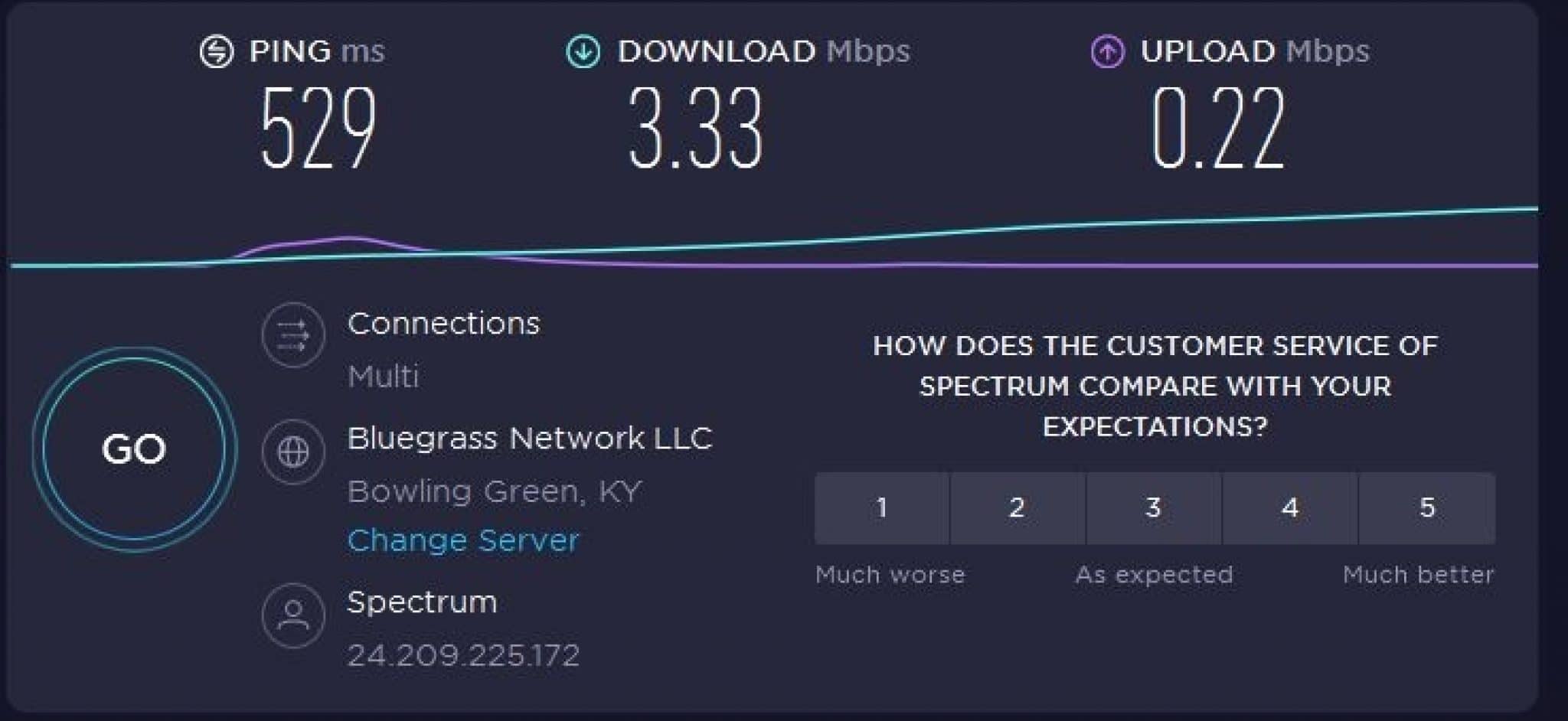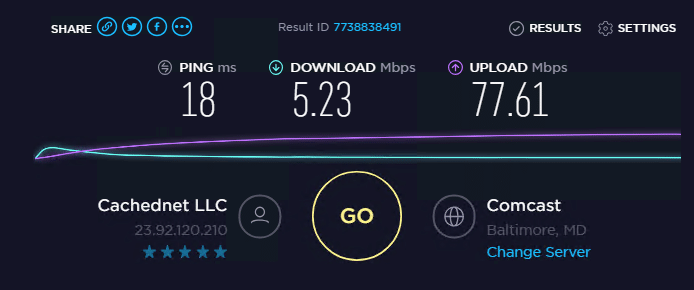
Just remember to unwind them when you are done. If its not working, it will probably just be some stupid error where you had previous config left over from a previous session.
 Port: 8082 (or whatever you bound BurpSuite too)įind the port you have bound ZAP to in Tools Options Local ProxyĪnd point the browser at this port now. If you get stuck, use the Alerts tab in BurpSuite to check for errors. Point your browser at BurpSuite and check you can see traffic through them all. Don’t chain everything together and then try and figure out where the problem is. Add an entry for Fiddler:Īt this point - test your setup again. Test your setup by pointing your browser through Fiddler. All other proxies I point at Fiddler as the down stream proxy. Fiddlerįiddler hooks into the windows system seamlessly without any additional config. I’ve also found this useful when scripting in the proxies, sometimes, for some reason the generated http request after amending from a script isn’t completely sent to the browser or server, but when I chain proxies and have the script amending the request or response then go through another proxy before arriving at its destination, that seems to help. Scripting in zap to amend requests and response without the message being cut off. That way I can use features from all of them, at the same time: Fiddlerįiddler supports two special case addresses to use instead of localhost When I want to find the ip address on mac I combine the ifconfig with a grep to make viewing the output easier: ifconfig | grep "inet "Ĭharles proxy supports the address so you could add the port on the end of that and your traffic should appear in Charles.
Port: 8082 (or whatever you bound BurpSuite too)įind the port you have bound ZAP to in Tools Options Local ProxyĪnd point the browser at this port now. If you get stuck, use the Alerts tab in BurpSuite to check for errors. Point your browser at BurpSuite and check you can see traffic through them all. Don’t chain everything together and then try and figure out where the problem is. Add an entry for Fiddler:Īt this point - test your setup again. Test your setup by pointing your browser through Fiddler. All other proxies I point at Fiddler as the down stream proxy. Fiddlerįiddler hooks into the windows system seamlessly without any additional config. I’ve also found this useful when scripting in the proxies, sometimes, for some reason the generated http request after amending from a script isn’t completely sent to the browser or server, but when I chain proxies and have the script amending the request or response then go through another proxy before arriving at its destination, that seems to help. Scripting in zap to amend requests and response without the message being cut off. That way I can use features from all of them, at the same time: Fiddlerįiddler supports two special case addresses to use instead of localhost When I want to find the ip address on mac I combine the ifconfig with a grep to make viewing the output easier: ifconfig | grep "inet "Ĭharles proxy supports the address so you could add the port on the end of that and your traffic should appear in Charles. 
Using this ip address is the most generic approach for using a proxy on your local machine and should work regardless of which proxy you are using. You can find your machine ipaddress by using ifconfig or ipconfig (if you are on Windows) There are a range of ip addresses that are private and not accessible from the internet One issue we might experience when working with locally installed applications or testing apps running from a local docker container is that they run on localhost, and we might want to proxy them. Charles proxy can validate HTML passively as you test.Use a browser plugin like Foxy Proxy Standard to make switching between proxies easy.Mobile devices can use proxies on your main machine if you find your ip address and configure the tool to point to the proxy on that ip address.
 Use a proxy against localhost by using your machine name or private ip address from ifconfig (or ipconfig). Charles proxy can validate HTML as you test. Chain proxies to use features from all tools at the same time and make request manipulation more reliable. Use a proxy against localhost or from mobile by using your machine name or private ip address from ifconfig (or ipconfig). TLDR A collection of tips for working with HTTP Proxies.
Use a proxy against localhost by using your machine name or private ip address from ifconfig (or ipconfig). Charles proxy can validate HTML as you test. Chain proxies to use features from all tools at the same time and make request manipulation more reliable. Use a proxy against localhost or from mobile by using your machine name or private ip address from ifconfig (or ipconfig). TLDR A collection of tips for working with HTTP Proxies.







 0 kommentar(er)
0 kommentar(er)
